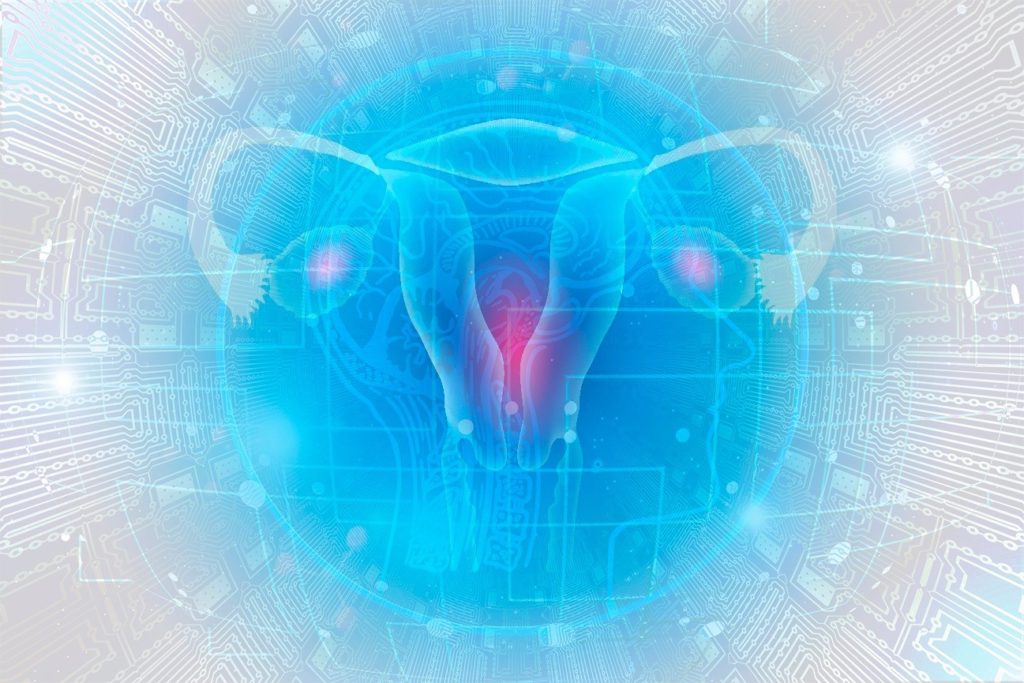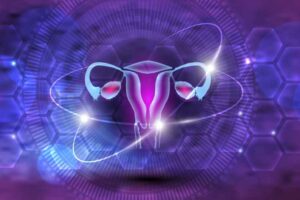Unexplained infertility
Despite the advances in Assisted Reproductive Techniques (ARTs) in the last 40 years (1), and under the best circumstances in In Vitro Fertilization (IVF) treatments, one third of embryos fail to implant (2). In the last 20 years the control of embryo quality has improved in ARTs thanks to the donor programs and to the improvement of preimplantation genetic analysis that ensures euploid embryos. However, the implantation process still fails, and the endometrial factor is one of the most prominent factors to be evaluated for this unexplained infertility.
Recurrent implantation failure (RIF) is a heterogenous clinical definition that includes patients whose implantation process recurrently fails with good quality embryos. There are multiple definitions of RIF depending on the clinical criteria used (3) and its prevalence is unknown and routinely quoted as 10% (but then varied in sensitivity analyses from 5 to 25%) (4). The clinical definition depends on numerous factors; for example, in clinics where the probability of implantation with good quality embryos is more than 70%, two implantation failures could be considered as evidence enough to evaluate endometrial factor (5). Nowadays, RIF is still a symptom that defines a heterogenous patient group where multiple unknown causes could be involved making the understanding and research difficult for diagnosis and treatment.
Endometrial Receptivity Biomarkers and Genomic Medicine
The endometrial factor evaluation is focused on the endometrial receptivity phenotype and the window of implantation (WOI) (5). Endometrial receptivity is an endometrial state where the embryo can implant and the WOI is the period of time in the menstrual cycle when it occurs (6).
Endometrial receptivity biomarkers for evaluating endometrial factor has evolved from classical histological and molecular biomarkers to genomic markers. Because endometrial receptivity is a multifactorial trait, single molecule testing may not be sufficient to describe the complexity of endometrial receptivity and transcriptomic profiles may be more reliable (7). Genomic medicine is providing a deeper understanding of diseases based on the massive amounts of data generated by genomic technologies such as transcriptomics. These findings inevitably necessitate the reclassification of disease states and developing a `new taxonomy of disease’ for practicing more precise medicine (8) especially for complex and multifactorial traits such as RIF and endometrial factor evaluation.
Endometrial dating by transcriptomics: defining a new WOI taxonomy
In 2011, the Endometrial Receptivity Array appeared as a genomic medicine procedure for evaluating endometrium that used artificial intelligence (AI) combined with endometrial gene expression to classify the endometrium as receptive and non-receptive (9). This procedure was more consistent and reproducible than histological criteria for endometrial dating (10, 11) and has evolved to divide the menstrual cycle and WOI into sub phenotypes with high resolution demonstrating the clinical association of these biomarkers with an ongoing pregnancy rates between 76.9 and 80% in the best prognostic signatures compared to 33.3% in an advanced WOI. Of note, advanced WOI is also associated with the highest risk of biochemical pregnancy (12).
The clinical use of this diagnostic tool consists of an endometrial preparation usually done with a Hormonal Replacement Therapy (HRT) cycle with oestrogens and progesterone prior to the endometrial biopsy collection. In the standard protocol, the WOI is expected after 5 days of progesterone administration (P+5) in an HRT cycle. After ERA diagnosis in P+5 a second HRT is administrated to the patient where embryo transfer is done following the ERA result recommendation from the previous cycle (1st HRT). ERA is personalizing embryo transfer day depending on if the endometrium is advanced, on time, or delayed (13). This procedure is synchronizing the displacement of the WOI by using progesterone administration days with the embryo development stage. However, the current endometrial transcriptomic test needs further relevant data to demonstrate the clinical value as this endometrial dating procedure is only detecting around the 30% of RIF caused by a displaced WOI. However, we still need a predictive diagnosis in order to avoid the loss of good quality embryos and the suffering of patients.
Asynchronous and pathological Windows Of Implantation: two causes of Recurrent Implantation Failure
Currently, from IVIRMA innovation pipeline, a new RIF taxonomy has been proposed in order to distinguish between WOI displacement and a real pathology in the WOI independent of displacements (5). This new procedure is also using AI technology and endometrial gene expression for distinguishing both displaced and pathological WOIs that can present independently or together in the same RIF patient for more precise medicine in ARTs.
Post by Patricia Díaz Gimeno, Ph.D.
References
- Niederberger C, Pellicer A, Cohen J et al., Forty years of IVF. Fertil Steril. 2018:15;110(2):185-324.e5. doi: 10.1016/j.fertnstert.2018.06.005.
- Forman EJ, Hong KH, Ferry KM, Tao X, Taylor D, Levy B, Treff NR, Scott RT Jr. In vitro fertilization with single euploid blastocyst transfer: a randomized controlled trial.Fertil Steril, 100:100-7, 2013.
- Coughlan C, Ledger W, Wang Q, Liu F, Demirol A, Gurgan T, Cutting R, Ong K, Sallam H, Li TC. Recurrent implantation failure: definition and management. Reprod Biomed Online. 2014 Jan;28(1):14-38.
- Somigliana, E., Vigano, P., Busnelli, A., et al., (2018). Repeated implantation failure at the crossroad between statistics, clinics and over-diagnosis. Reproductive biomedicine online, 36(1), 32-38.
- Sebastian-Leon, P., Garrido, N., Remohí, J., Pellicer, A., Diaz-Gimeno, P. (2018) Asynchronous and pathological windows of implantation: two causes of recurrent implantation failure. Human Reproduction 33(4):626-635.
- Wilcox, A. J., Baird, D. D., & Weinberg, C. R. (1999). Time of implantation of the conceptus and loss of pregnancy. New England Journal of Medicine, 340(23), 1796-1799.
- Craciunas L, Ioannis Gallos, Justin Chu, Tom Bourne, Siobhan Quenby, Jan J Brosens, Arri Coomarasamy; Conventional and modern markers of endometrial receptivity: a systematic review and meta-analysis, Human Reproduction Update,2019:25(2):202–223.
- Mirnezami, R., Nicholson, J., & Darzi, A. (2012). Preparing for precision medicine. New England Journal of Medicine, 366(6), 489-491.
- Díaz-Gimeno, P., Horcajadas, J. A., Martínez-Conejero, J.A. et al., (2011). A genomic diagnostic tool for human endometrial receptivity based on the transcriptomic signature. Fertility and sterility, 95(1), 50-60.
- Díaz-Gimeno, P., Ruiz-Alonso, M., Blesa, D., et al., (2013). The accuracy and reproducibility of the endometrial receptivity array is superior to histology as a diagnostic method for endometrial receptivity. Fertility and sterility, 99(2), 508-517.
- Evans GE, Phillipson GTM, Sykes PH, McNoe LA, Print CG, Evans JJ. Does the endometrial gene expression of fertile women vary within and between cycles? Hum Reprod. 2018;33(3):452-463.
- Díaz-Gimeno, P., Ruiz-Alonso, M., Sebastian-Leon, P. et al., (2017). Window of implantation transcriptomic stratification reveals different endometrial subsignatures associated with live birth and biochemical pregnancy. Fertility & Sterility, 4(108):703 -710.e3
- Ruiz-Alonso, M., Blesa, D., Díaz-Gimeno, P., Gómez, E., Fernández-Sánchez, M., Carranza, F., … & Simón, C. (2013). The endometrial receptivity array for diagnosis and personalized embryo transfer as a treatment for patients with repeated implantation failure. Fertility and sterility, 100(3), 818-824.





